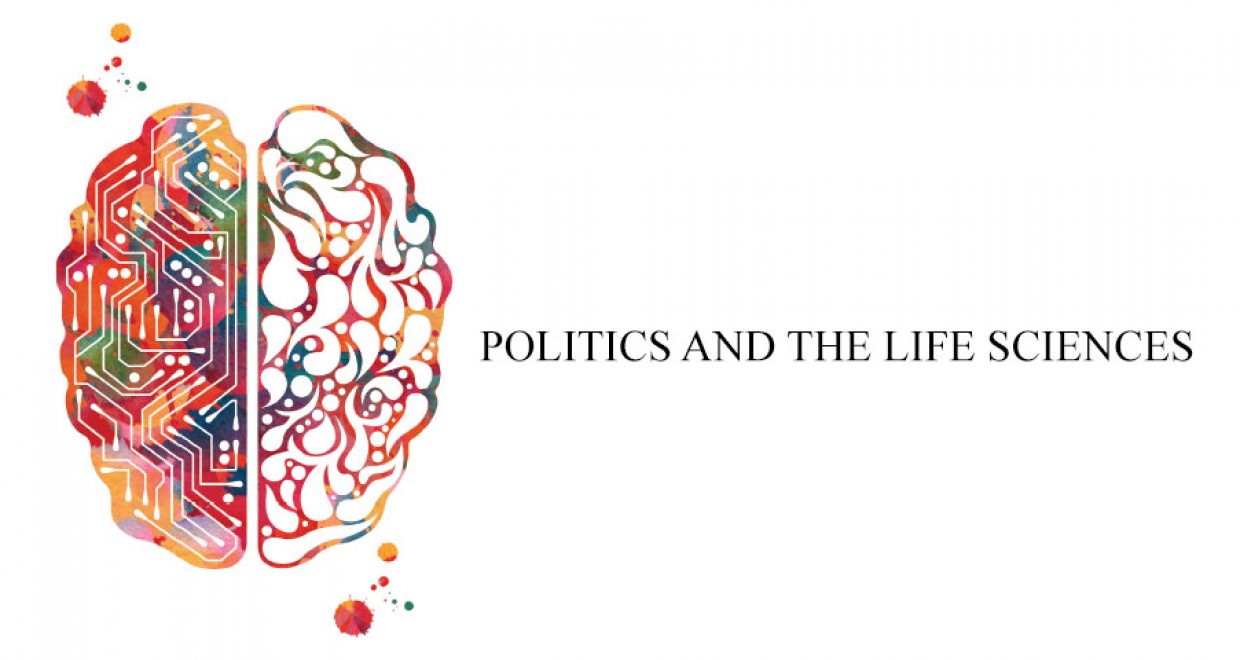COVID-19 Meets Cognitive Warfare
In this post, John J. Heslen expands on his article in a recent issue of Politics and the Life Sciences.
During the 1950’s and 60’s, Russia and United States engaged in a well-publicized race to develop space-based technologies for the strategic advantages they lend to the winner’s war-fighting capability as well as the mantle of being the world’s technological leader. During the last decade, there has been a similar three-way race between the U.S., Russia, and China to develop a workable quantum computer, again, for the strategic benefits the technology would provide to the economies and militaries of each country. Over the last few months, political commentators have warned of a new strategic race between the U.S. and China, as both countries seek to be the first to develop a vaccine for COVID-19, with some warning the stakes may be just as high as in decades past. Reasons for the concern about who is first to develop a vaccine run the gamut from economics to international prestige; however, regardless of the outcome, there should be no doubt that China and United States – and many other countries with top-tier intelligence capabilities – are closely examining the COVID-19 responses of their rivals for information to be exploited for the benefit of future information operations against them.
The devastation wrought by the virus on the economies of China and United States is obvious to see, with over 40 million people filing for unemployment insurance in the U.S. and its GDP falling 4.8% in the first quarter of 2020. Although China reported a modest rise in unemployment, it experienced an even more dramatic decline in first quarter GDP, falling 6.8% from the previous year. With that in mind, and given the amount of trade and integration that exists between the two largest economies in the world, the likelihood is both countries will be motivated to work together to find, and quickly share a vaccine, regardless of who develops it first. However, if China and the U.S. decide to pursue a policy of economic decoupling from one other, as some recent indications suggest, the race to develop a vaccine could quickly turn contentious, with one country potentially stopping or delaying the transfer of the vaccine to the other, as the developer would be rewarded with a huge economic advantage. One major advantage being the ability to get full economic production back on line to meet the needs of the world market, while potentially (and dramatically) increasing its share of the market at the expense of the other. Again, I assess this to be highly unlikely for several reasons, not least of which is the possibility that withholding a vaccine likely would create an international backlash negating any prior gain to one’s international prestige. Having said that, not all is rosy when it comes to these important international relationships as there is little doubt the major powers of the world are closely examining their rivals’ societal reactions to COVID-19 in order to exploit them in the event of future conflict.
In 2016, senior leaders in the U.S. military, sensing they were falling behind the ability of their strategic rivals to conduct influence operations in contested areas around the globe, developed a concept referred to as “CAMO” (Cognitive Aspects of Military Operations). CAMO refers to the ability to exploit the cognition, affect, and conation of a target audience. A good example of the power of this capability can be gleaned from the influence operation against the 2016 U.S. presidential election, whereby the Russian government sought to use divisive social media posts to increase the polarization and discord within the U.S. public. As illustrated by the recent disagreements over the simple act of wearing a mask, pandemics also produce a fertile environment from which propagandists can mine for discord. In fact, numerous previous pandemics have resulted in marginalized social groups being blamed and targeted for violence and murder, with the most famous examples being the Catalan communities in Sicily and Jewish communities throughout Europe during the era of the Black Plague. More recently, even the infrastructure associated with the research and detection of biological agents has been targeted for information operations. For example, a series of biological labs financed by the United States in several former Soviet republics for the purpose of safely researching and providing early detection of harmful pathogens have been targeted by Russian propaganda efforts, to include falsely accusing the U.S. of working with the labs to create the SARS-CoV-2 virus that causes COVID-19.
If, as many prominent experts agree, the incidence of dangerous viral outbreaks could increase due to the effects of climate change, we are likely to witness a coincidental increase in the sophistication and use of methods to plant fake narratives to shape public opinion during future outbreaks. With the 2016 U.S. presidential election as a proof of concept, both great and regional powers are likely to invest in research to understand the cognitive makeup and priming mechanisms of cultural communities in rival countries who either supported or denied the existence of the pandemic. Although the hope is the U.S. and China will recognize the benefits of cooperatively developing a vaccine will far exceed the consequences of competing against one another, the virus has laid bare numerous political and cultural fissures in both countries from which security and medical intelligence analysts in each are taking note and learning. There is little doubt this information is being collected and analyzed by both countries, whether or not either decides to capitalize on it during future pandemics, will be determined by multiple factors to include the health of their trading relationship and maturity of their national leadership.
The PLS article ‘Neurocognitive hacking: A new capability in cyber conflict?‘ by John J. Heslen is available free of charge until the end of September 2020.






